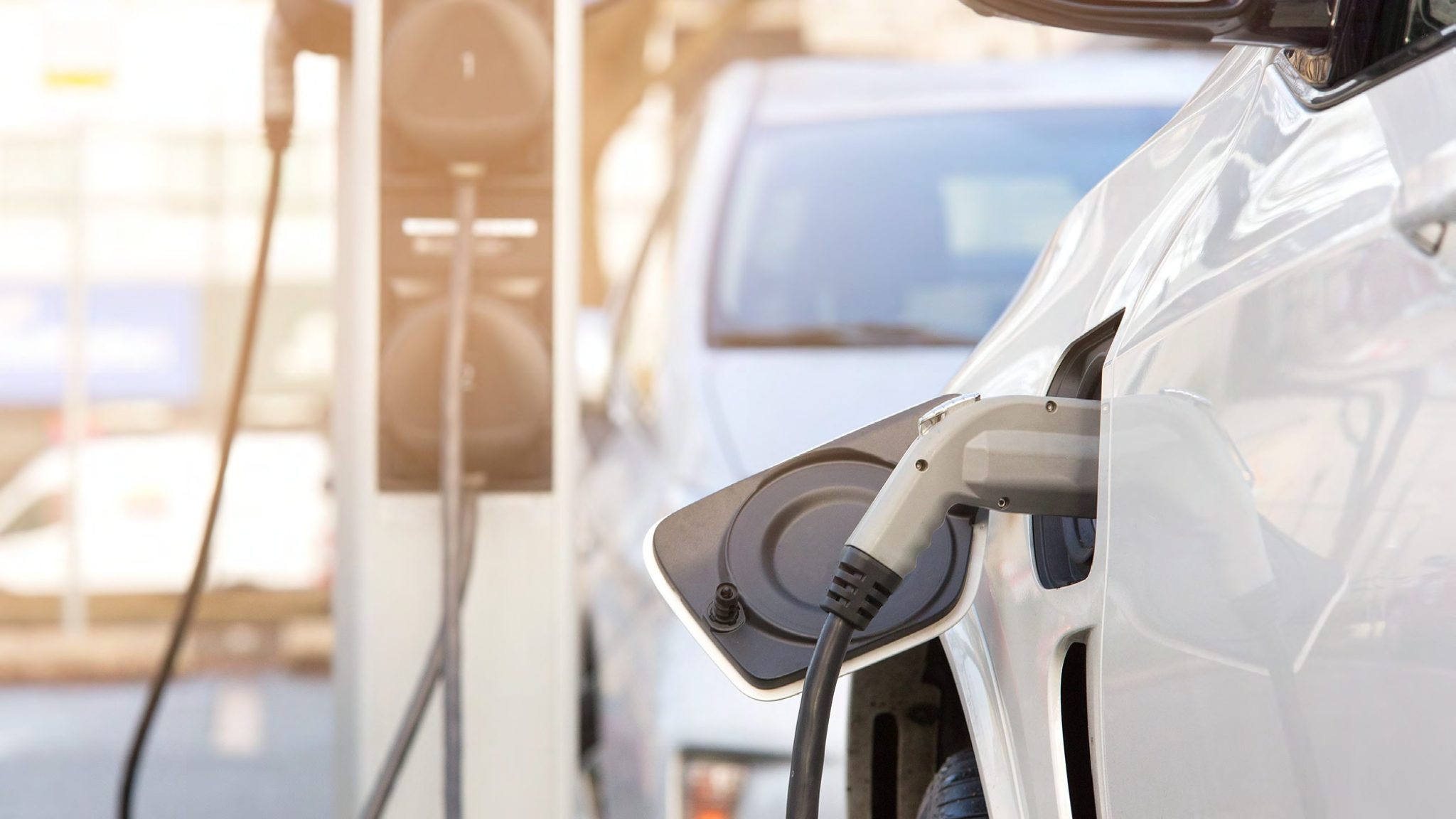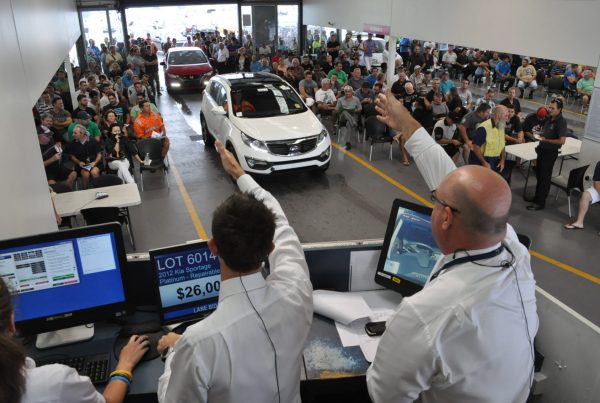Path to EV Adoption: Consumer and Dealer Perspectives
It’s no secret that Australia has been slower to embrace EVs than many other countries, although 2023 has seen a momentum shift and market share grow to about 7%.
Greater choice and supply, aggressive pricing from Tesla and Chinese brands MG and BYD, and friendly Federal and State government policy decisions have all played their part in changing this market dynamic.
Looking ahead, there is general agreement across the Australian industry that the electric vehicle market share will grow further and do so quickly – but pain points for buyers, dealers and OEMs linger and need to be understood and addressed.
Fortunately, important lessons must be taken from regions with greater EV uptake. What are we seeing overseas that we can work to hedge against here?
With this in mind, let’s look at the recent research from Cox Automotive, our parent company in the US. Obviously, other countries don’t proffer exact templates to follow, but we can still get ahead of the curve by knowing what issues to keep an eye on.
To set the scene, EV sales and choices are expanding at pace:
Cox Automotive forecasts that a record 1 million new EVs will be sold in the US in 2023, more than twice the volume sold in 2021.
The industry’s growth has been powered not only by Tesla’s rapid expansion but also by a flow of new products into the market. Some 33 new EVs are being launched in 2023 alone, according to estimates from Kelley Blue Book, a Cox Automotive company.
This story is more drastic in Australia during 2023, where EV sales are up four-fold year-on-year. The Tesla Model 3 is now the market’s outright top-selling passenger car, and the Model Y topped the SUV charts in May.
The number of EV models has about doubled over the past 12 months to nearly 50 models from 23 brands. There are now two entrants (MG 4 and BYD Dolphin) priced below the $40,000 threshold and electric options across passenger, SUV and light commercial segments.
Consideration is growing accordingly, but there is a gap:
According to the Cox Automotive US buyer and dealer survey, 51% of consumers are considering a new or used EV, which is up from just 38% in 2021.
This suggests a significant gap between those considering an EV and those buying it since EV share in the US is still expected to be under 8% in 2023.
Affordability continues to be the top obstacle for EV buyers, with 43% of intenders noting EVs are too expensive, up slightly from the level in 2021. Other barriers, however, are falling. In 2021, 40% of intenders cited a lack of charging stations as a top roadblock. That number has fallen to 32%.
Australian surveys yield similar results; for example, a recent report from BMW Australia and Hall & Partners put the proportion of the population considering an EV at 48%. EV consideration is well ahead of sales, in other words.
The rush to market has implications for inventory:
Supply shortages throughout the COVID pandemic are abating, particularly on higher-volume cars. And while many OEMs are still struggling to produce EVs at scale – compared to newer and more agile competitors – stock levels are nevertheless improving.
In June this year, across the US, EV days supply – a measure of inventory levels – was approaching 100 days, which is nearly twice the industry-wide average.
While we don’t have a clear insight on EV days supply for the new vehicle market in Australia, top-selling brands Tesla and BYD are quoting very short wait times and have strong pipelines. Tesla recently slashed almost $4000 from its base pricing, suggesting a few supply snags of note.
To the pre-owned side of the nascent EV market, Cox Automotive Australia, via its division Retail & Data Solutions, has revealed that over the past 12 months, the pool of listed used EVs is up by a multiple of four, but market days supply has only increased slightly from 69 to 74 days, suggesting growing demand.
The inflection point for the used EV market to spike will be once fleet take-up grows and, in turn, yields high levels of second-hand stock in 3-5 years’ time – stock that Manheim, a Cox Automotive company will play a big role in wholesaling/remarketing across Australia and New Zealand.
There might be a disconnect between buyers and dealers:
The Cox Automotive US survey revealed a significant gap in readiness between consumers and dealers in terms of embracing EVs. A slim majority of buyers think EVs are the future (meaning they will largely replace internal combustion vehicles) compared to only 31% of dealers.
While consumer adoption of EVs is expected to soar as more models hit the market, 54% of US dealerships are not entirely prepared regarding sales and service capabilities, raising concerns about the overall customer experience and satisfaction. You only get one chance to make the right first impression.
According to the survey, 82% of dealers are required by their OEM franchisor to make an EV investment into things like onsite charging and staff retraining. These investments are being, and will continue to be, echoed across the Australian context.
On this note, the study reveals that dealerships need more support and guidance from carmakers, which they view as their preferred source of EV information. The good news is that 57% of consumers list franchise dealers as their preferred EV maintenance location.
Battery health matters, so get your ducks in a row
Just over a quarter of new EV considerers cite concerns over the cost of battery replacement as a key concern, and this figure hasn’t changed significantly since 2021: suggesting current messaging isn’t working.
Beyond this, some 81% of consumers are either very or somewhat interested in a battery health report, yet a majority of dealers (63%) claim little to no familiarity with battery health diagnostic tools – tools such as Cox-owned Spiers New Technologies.
Prospective EV buyers have different tactics
A statistically significant 87% of new EV buyers said they were open to buying their car fully online, while 80% said they planned to do most or all of the purchase online. For internal combustion buyers, by contrast, these figures sat at 73% and 61%, respectively.
EV buyers also spend less time looking at vehicles at the dealer and negotiating/signing up, with an average dwell time at the dealer of 2 hours and 23 minutes for EVs versus 2 hours and 55 minutes for ICE vehicles.
These are people who know what they want, with 91% saying they already had in mind the vehicle they ended up buying – before they visited a dealer.
To sum it up:
Australia’s EV growth follows a similar template to what we’ve seen elsewhere, so insights from US car buyers and dealers around areas of concern can give you a head start to make sure you capitalise on what’s coming.
Access your copy of the Path to EV Adoption: Consumer and Dealer Perspectives survey
Download the full report here.
Ready to connect with our local team in Australia?
Click here to submit an enquiry, and a member of our team will be in touch. Alternatively, you can visit our Retail and Data solutions website here to discover how our connected suite of digital products can deliver to all your dealership requirements.







